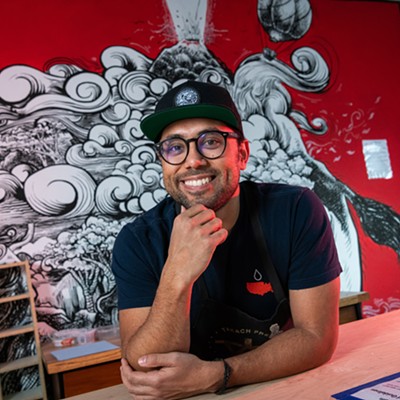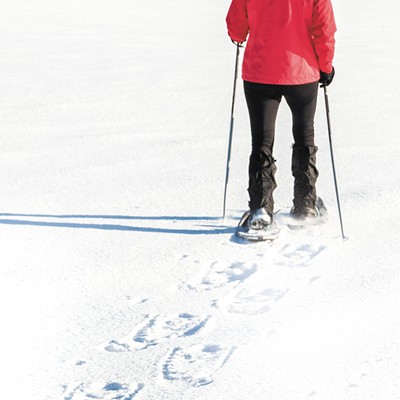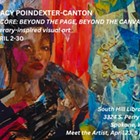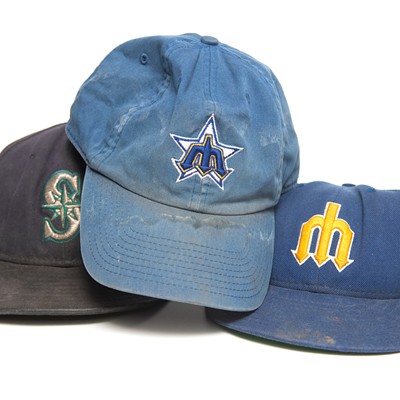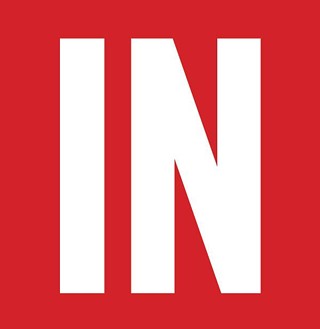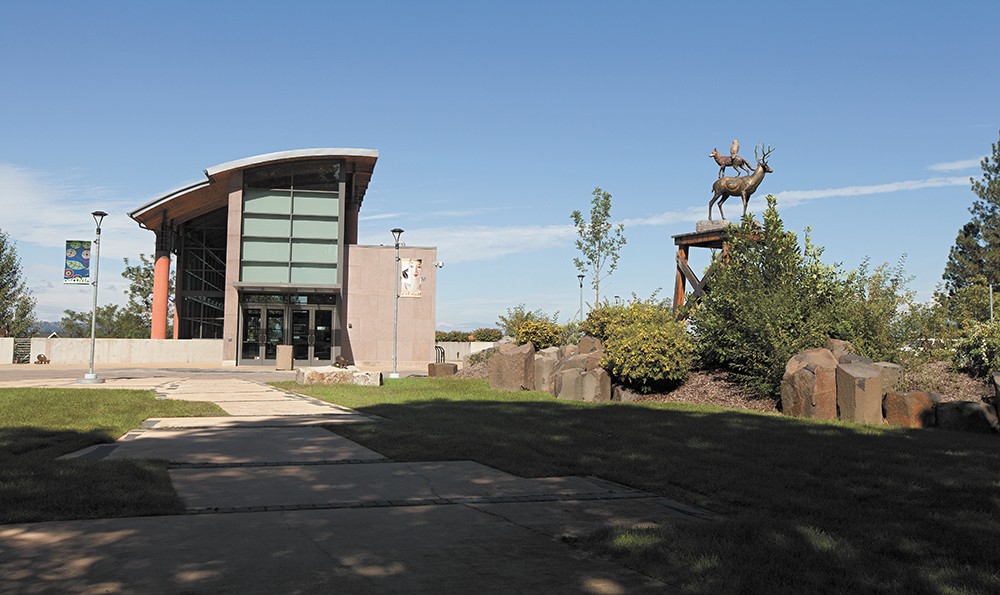
This year marks the centennial anniversary for the Northwest Museum of Arts and Culture, and the community institution has plenty of history to celebrate. Not just the historical artifacts, photos and artwork the MAC is charged with maintaining, but the story of the museum itself.
There's a lot of looking forward at the MAC these days, says Forrest Rodgers, in his fifth year as executive director. The museum is coming off record attendance, thanks to its hit Nature Connects: LEGO Brick Sculpture exhibit, with more high-profile exhibits slated throughout its 100th year. The LEGO exhibit, which runs through Feb. 7, has brought in 15,153 patrons since it opened in mid-November. In 2015, the MAC saw 24,870 people come through its doors in Browne's Addition, more than double the 10,800 visitors in 2014. This past fall, the MAC unveiled an exhaustive digital archive of historical photos from around the region, accessible through its website.
"It's really important for us to be viewed as everyone's museum," says Rodgers.
But there's this reality: If the museum relied solely on state funding — which is subject to change with each legislative session — and a static level of revenue from patrons, it would not be sustainable, says Rodgers. The MAC, a nonprofit entity, also is a state agency. As Rodgers puts it, it gets about half of its funding from the state, but 100 percent of its regulation, whether in terms of employees or managing finances.
Each legislative budget has been a wait-and-see process for the MAC, which never knows how much funding it will receive. The 2016-17 budget, for example, allocated about $3.5 million for the museum, which came with the condition that the MAC engage in a "predesign" process with the state to create a "performance-based partnership agreement" to, as the budget states, create "strategies to increase non-state revenues for the operation of the museum and estimate the minimum amount of state funding necessary to preserve, maintain and protect state-owned facilities and assets."
"Part of this is to assess the demand out there," says Rodgers. "The economic analysis is to help us refine our strategy to fund visitor-generated revenue. We would need to find what kind of renovation or expansion we could implement within the footprint of the current museum to expand that revenue."
The possibility of renting out space to other cultural or educational groups, or using space for events, even weddings, as is common for other Northwest museums, could be a revenue stream. Currently, the MAC's fragmented layout makes that difficult. The lack of an open space, Rodgers says, also limits the types of large-scale exhibits the MAC can bring in. A completed report this summer will lead to more permanent decisions for the future of the museum. Rodgers says it will also definitively prove the economic challenges facing the MAC.
"One of the results we'll see here is that it will come back to the state to show the degree to which we are underfunded by the state," he says.
Rodgers, along with board of trustees president Toni Pessemier, believe the predesign with the state is an investment in the MAC's long-term stability.
"It is a sign of progress. It's an opportunity to see where we're going and make sure we have the resources we need to get there," says Pessemier, who has been involved with the MAC in one capacity or another since the mid-1990s, of the predesign process.
Pessemier and Rodgers present a united front, a stark change from back in 2012, when the board broke its own bylaws, firing Rodgers after just nine months on the job. Following public uproar and the threat of a lawsuit from Rodgers, the MAC brought him back. Following his return, a state investigator found that several members of the museum staff had qualms with Rodgers' leadership style, some alleged gender discrimination and many felt there were major communication failures within the MAC. This all came at a time when the museum was experiencing a drop in attendance and undergoing layoffs to trim its budget.
For his part, Rodgers acknowledges that the MAC hasn't always succeeded in its mission of being the quintessential museum for the region. Outreach to the community and programming haven't been where they needed to be, he says.
"We recognize that the museum has been isolated from the community, and somewhat insular. So over the next 15 months our goal is to deliver exhibits that broaden our audience base and reach more of the Spokane and Coeur d'Alene community," says Rodgers.
The LEGOs exhibit was an example, he says, of the accessible nature the museum is hoping to cultivate. On Jan. 23, the MAC opens Treasure! a wide-ranging exhibit examining the history of treasure hunting, including interactive activities, scientific displays and artifacts from the MAC's historical collections. A celebration of Nez Perce National Historical Park, including artifacts and artwork from the park's 38 sites in the Northwest, begins in February. From June to September, there's the Animals in Art show, as well as an exhibit of Erv Schleufer's photography. Come September, there's the Lost Egypt exhibit, which is expected to bring in big crowds for a hands-on look at the science behind the archeology used to uncover the history of ancient Egypt.
Rodgers has no shortage of excitement about these exhibits, though in the background looms some heavy lifting needed to shore up the MAC's legacy for the long term. Along the way, he says they're doing valuable work.
"It not only increases revenue and visibility, but it gives people the opportunity to experience a museum that's for them," says Rodgers. "In a way, we're training the next generation of museumgoers." ♦





